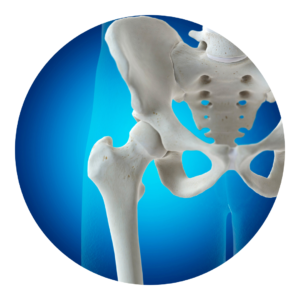
Physical Therapy addresses orthopedic and musculoskeletal issues that may result in bladder, bowel, and/or sexual dysfunction. Often, patients will require pelvic floor strengthening for weak muscles or pelvic floor relaxation/down training for tight or overactive muscles.
.


Strengthening your Pelvic Floor can help decrease that feeling.
Everyone has a pelvic floor. It’s made up of muscles that support your trunk, control urination and defecation, and play a role in sexual function. A healthy pelvic floor allows you to be in control of your bathroom habits, enjoy sexual activity, and build a strong core.
When you have pelvic floor dysfunction, your pelvic muscles/floor may have difficulty relaxing or working together. Pelvic floor dysfunction may lead to:
Urinary or fecal leakage
Frequent/urgent need to relieve your bladder/bowels
Constipation
Pelvic organ prolapse
Pelvic/rectal dysfunction
Pelvic/groin pain
Pain during sex

If you answer “Yes” to any of the questions, you may want to set up a 30-minute consultation with one of our experts.
.

When you begin your pelvic floor therapy, first you’ll do an evaluation. Your physical therapist will complete a thorough evaluation that includes assessing overall movement patterns, strength, and tissue/joint restrictions that are often related to pelvic floor concerns.
The physical therapist will explain the details, benefits and potential risks of an external and/or internal pelvic floor assessment. Informed consent is of the utmost priority and the patient always has the right to refuse or stop an assessment or treatment
.


Physical therapy treatments for pelvic health issues are very similar to traditional PT treatments. It may include, manual therapy, therapeutic exercise, neuromuscular -re-education, and education regarding anatomy, function and mechanics of the pelvic floor and how it relates to the issues of the findings.
This varies from person to person. The more education and understanding that a person has regarding what the issues are, the better able a person is to implement the program.
Your therapist will assess for strength, endurance and coordination of your pelvic floor muscles.
Assess the integrity of the surrounding tissues, muscles and other structures
Assess for pain, discomfort or tenderness.
The therapist will provide education about findings and provide a treatment plan that will be most beneficial.
The evaluation and follow up treatments may include an internal exam.
The types of exercises that are used with pelvic health physical therapy are very similar to traditional PT. The focus is on core stabilization and control.
During an evaluation, the therapist will assess the strength, coordination and endurance of pelvic floor muscles. In addition, the integrity of the surrounding tissues, muscles and other structures are assessed. During the evaluation the PT will also assess for pain, discomfort and/or tenderness.
ent